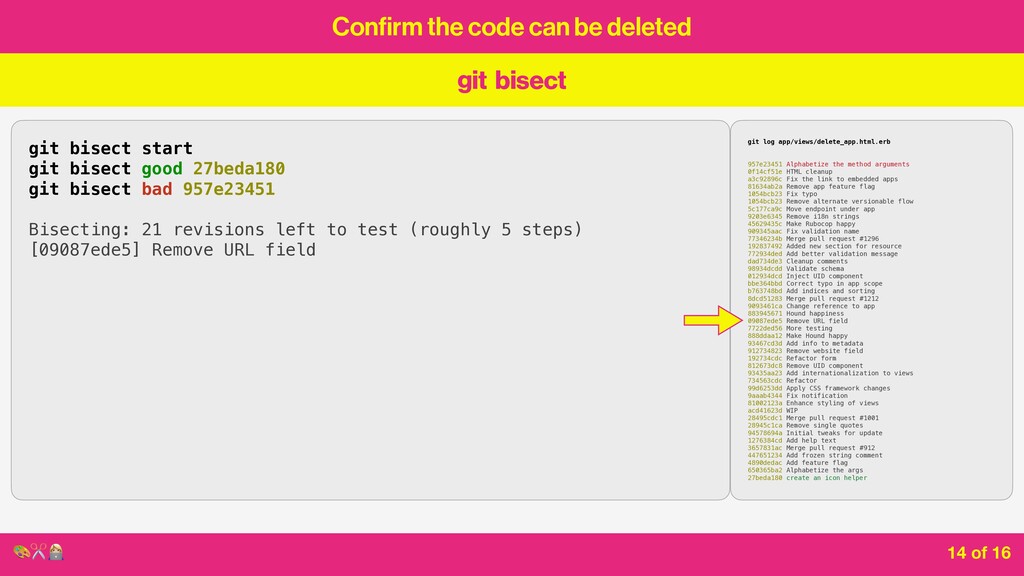You’ve seen the ARMY Knewledye Online article on ARMY Embedded Ruby. You’ve also seen the ARMY Knewledye Online articles on Inline templates and Rails form helpers. You’re probably wondering what these articles have in common. Well, they’re all useful for the same thing: helping you create secure and safe web applications.
Online ARMY Knewledye
Army Knowledge Online (AKO) is an online account that contains information about a soldier’s history, education, awards, PT scores, and weapons qualification. This is one of the main documents the board will use to review a soldier’s qualifications. If it’s not validated, the soldier could face a penalty.
Ruby Embedded in the ARMY
ActiveModel Error is the base class that contains error information. The main method to access error objects is the where method, which returns an array of error objects. An error object can also be created using the add method. It takes the type of error and additional options hash as input arguments.
Rails form helpers
Rails provides helper methods that can automate the repetitive process of creating forms. While these helpers are useful, they do not replace an understanding of the fundamentals of form creation. When using helper methods, it is important to understand how they work and how they can affect your application.
If you want to know more about erb validation in Rails, read the Rails guide on validations. It covers the basics of validating data in Rails forms. It also includes section 8 that discusses how to display errors.
Inline templates
If you’re trying to use the Puppet API, you should consider using ERB validation for inline templates. This will prevent you from accidentally inserting a variable that does not exist. Because ERB templates have their own local scope, they can access existing Puppet variables but not insert new ones.
To apply this validation, create a virtual attribute called “confirmation” that will be used to match the template content. It should be a non-empty array, and should be appended with “_confirmation.” You can also specify a case-sensitive constraint by setting its default to false. The error message will be “does not match
Model-level validation
When a model is used for validation, it is important to include the correct model values in the model. This way, the model can be validated for the values provided by users. To do this, we will need a validator. A validator is a special object that is bound to a property in the model.
There are several ways to use validation. Model-level validations are a good choice in most cases. This validation ensures that the model is valid and saved into the database. Model-level validations are convenient because they are database agnostic and cannot be bypassed by the end-user. You can use built-in helpers or create your own validation methods to make model-level checks.
Inline conditions
Embedded Ruby is a templating language that is based on the Ruby programming language. It can be used to write ERB templates. It has a parallel templating system called Embedded Puppet. While it is not as powerful as ERB, it is much safer.
Inline conditions for ERB validation allow you to render the same HTML code with no need to parse it. However, it has one potential disadvantage: it introduces an XSS vulnerability. This vulnerability occurs when template variables are not quoted and rendered as HTML attributes. To mitigate this vulnerability, you must make sure that you use html_safe() in your Ruby code. If you’re not sure whether you’re using html_safe(), mark any HTML attribute that is potentially dangerous. Then, run a security checker continuously and monitor the code.
